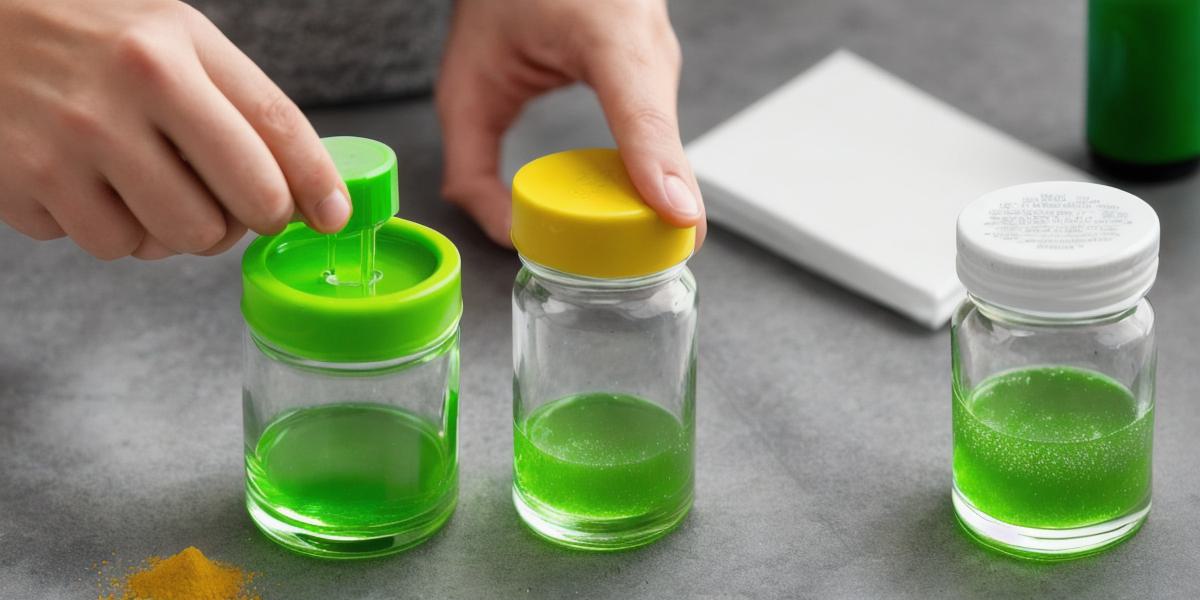If you’re like most people, you probably take your dental health for granted. But did you know that cavities between your teeth are just as important to detect and treat as cavities on the surface of your teeth? In this article, we’ll explore what cavities between your teeth are, how they form, and what you can do to prevent and treat them.
What Are Cavities Between Your Teeth?
Cavities between your teeth, also known as interproximal cavities, occur when bacteria and food particles get trapped in the small crevices between your teeth. These areas are difficult to reach with a toothbrush and floss, so they can quickly become breeding grounds for plaque buildup.
As plaque hardens and turns into tartar, it creates a hole in the enamel of your teeth. This hole is called a cavity. Cavities between your teeth are usually smaller than those on the surface of your teeth, but they can still cause damage if left untreated.
How Do You Detect Cavities Between Your Teeth?
Detecting cavities between your teeth can be challenging because they’re often hidden from view. However, there are a few signs that you should pay attention to:
- Sensitivity: If you feel sensitivity or pain when biting down, chewing, or even brushing your teeth, it could be a sign of a cavity between your teeth.
- Discoloration: Cavities can cause discoloration on the surface of your teeth. If you notice any spots or stains that seem out of place, it’s worth checking with your dentist.
- Gum Disease: Gum disease is often associated with cavities on the surface of your teeth, but it can also affect the gums between your teeth. If you have red or swollen gums, it could be a sign of a cavity.
It’s important to note that these signs are not definitive and should be used as a guide only. The best way to detect cavities between your teeth is to schedule regular dental checkups with your dentist.
How Do You Treat Cavities Between Your Teeth?
Treating cavities between your teeth typically involves the same process as treating surface cavities, but with some differences. Here’s what you can expect:
- Cleaning and Removal of Debris: Your dentist will start by cleaning your teeth thoroughly to remove any debris or bacteria that may be contributing to the cavity.
- Fluoride Treatment: Fluoride treatment helps to harden the enamel on your teeth, making them more resistant to cavities in the future.
- Fillings: If the cavity is too large to be treated with fluoride alone, your dentist may need to fill it with a composite or amalgam filling. These fillings are made of a mixture of resin and metal, respectively, and can last up to 10 years.
- Root Canals: In some cases, cavities between the teeth can be so deep that they require a root canal treatment. This involves removing the damaged enamel and filling the cavity with a special material.
- Crowns: If the cavity is very large or has spread to the gum line, your dentist may need to place a crown on the affected tooth.
It’s important to note that the treatment for cavities between your teeth may vary depending on the severity of the cavity and other factors such as your overall dental health and personal preferences.
Preventing Cavities Between Your Teeth
While detecting and treating cavities between your teeth is important, it’s even more important to prevent them in the first place. Here are some tips to help you maintain good oral hygiene:
- Brush Regularly: Brushing twice a day with fluoride toothpaste is essential for maintaining healthy teeth and preventing cavities.
- Floss Daily: Flossing removes food particles and debris from the crevices between your teeth, reducing the risk of plaque buildup.
- Use Mouthwash: Antimicrobial mouth rinses can help to kill bacteria in your mouth, reducing the risk of cavities.
- Watch What You Eat: Consuming too many sugary or acidic foods and drinks can lead to tooth decay. Instead, focus on a balanced diet that includes plenty of fruits, vegetables, dairy, and lean protein.
- Visit Your Dentist Regularly: Regular dental checkups and cleanings are essential for detecting cavities before they become too severe to treat.
FAQs
Q: Can cavities between my teeth be prevented?

A: Yes, cavities between your teeth can be prevented by maintaining good oral hygiene habits, such as brushing twice a day with fluoride toothpaste, flossing daily, using mouthwash, and watching what you eat.
Q: What are the signs of a cavity between my teeth?
A: Sensitivity, discoloration, and gum disease are some common signs of a cavity between your teeth. However, it’s best to schedule regular dental checkups with your dentist to detect cavities early.
Q: How do you treat cavities between your teeth?
A: Treating cavities between your teeth typically involves cleaning and removing debris, fluoride treatment, fillings, root canals, or crowns, depending on the severity of the cavity.
Q: Can cavities between my teeth be detected with X-rays?
A: Yes, X-rays are commonly used to detect cavities between your teeth that may not be visible during a dental exam.
Conclusion
Cavities between your teeth may seem like a small issue, but they can have serious consequences if left untreated. By maintaining good oral hygiene habits and visiting your dentist regularly, you can prevent cavities from forming in the first place and catch any existing ones early. If you do develop a cavity between your teeth, seek professional treatment to avoid further damage to your teeth and gums.



